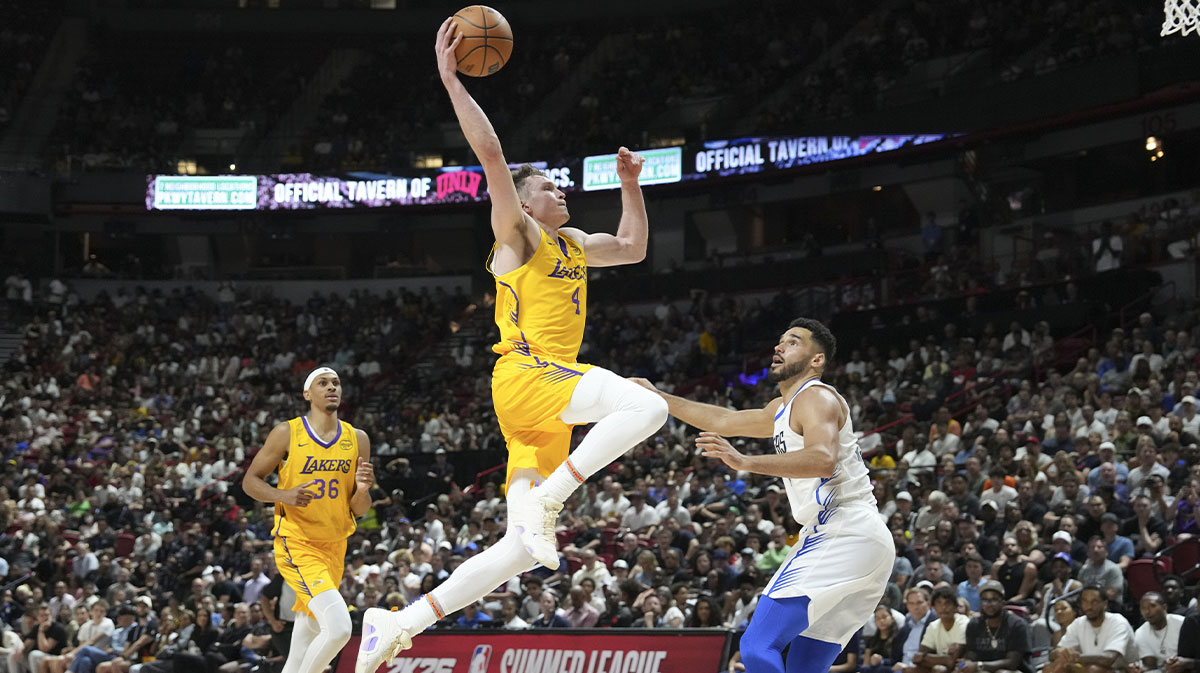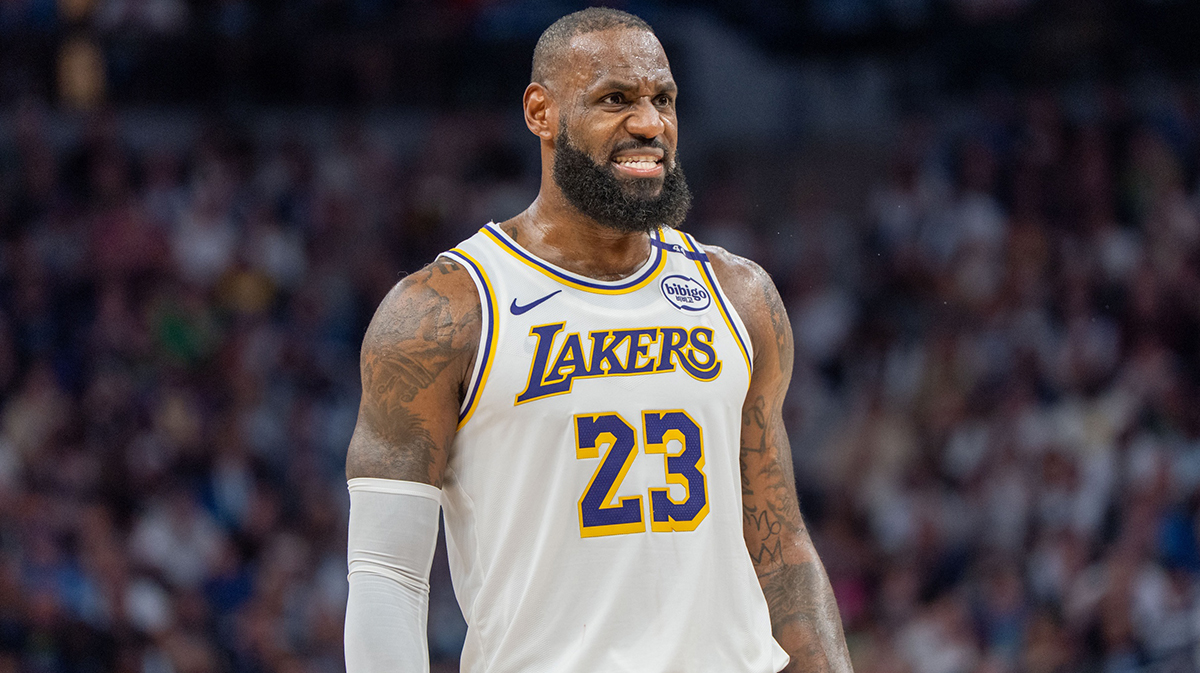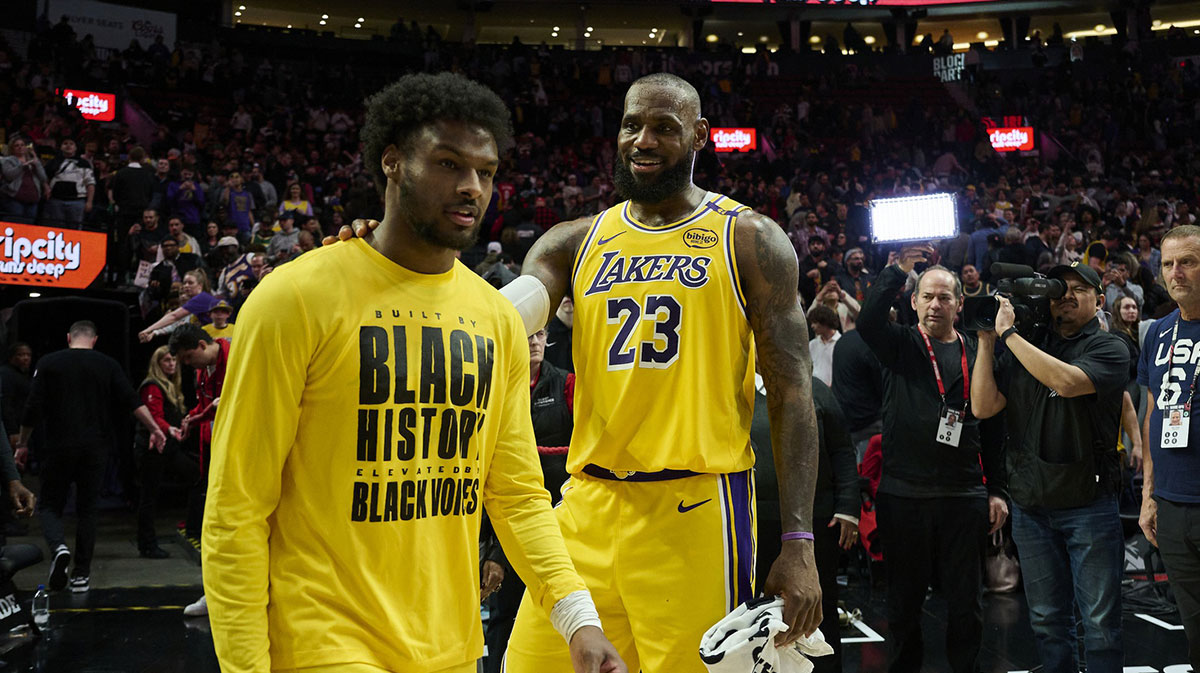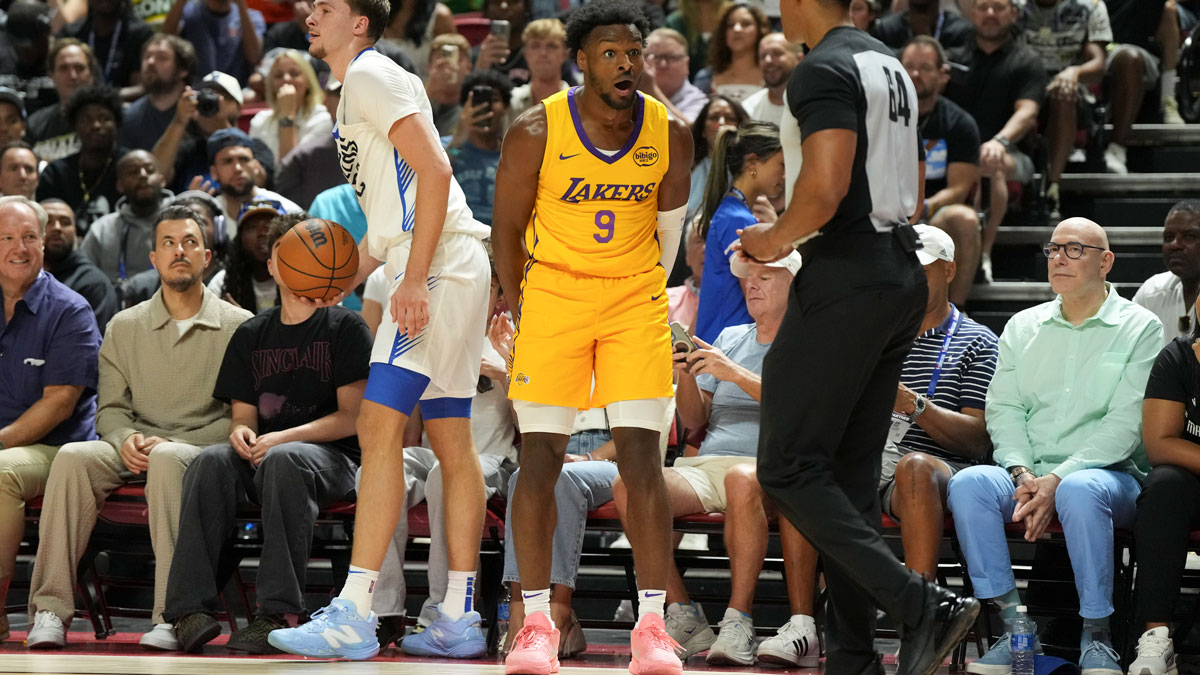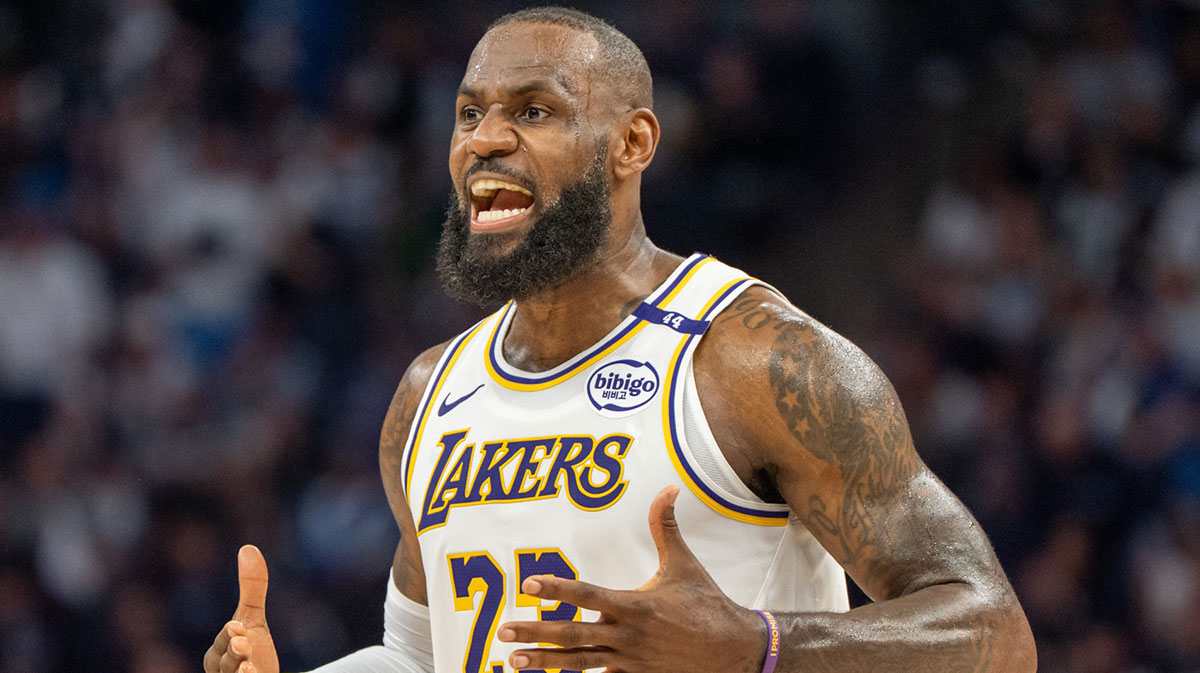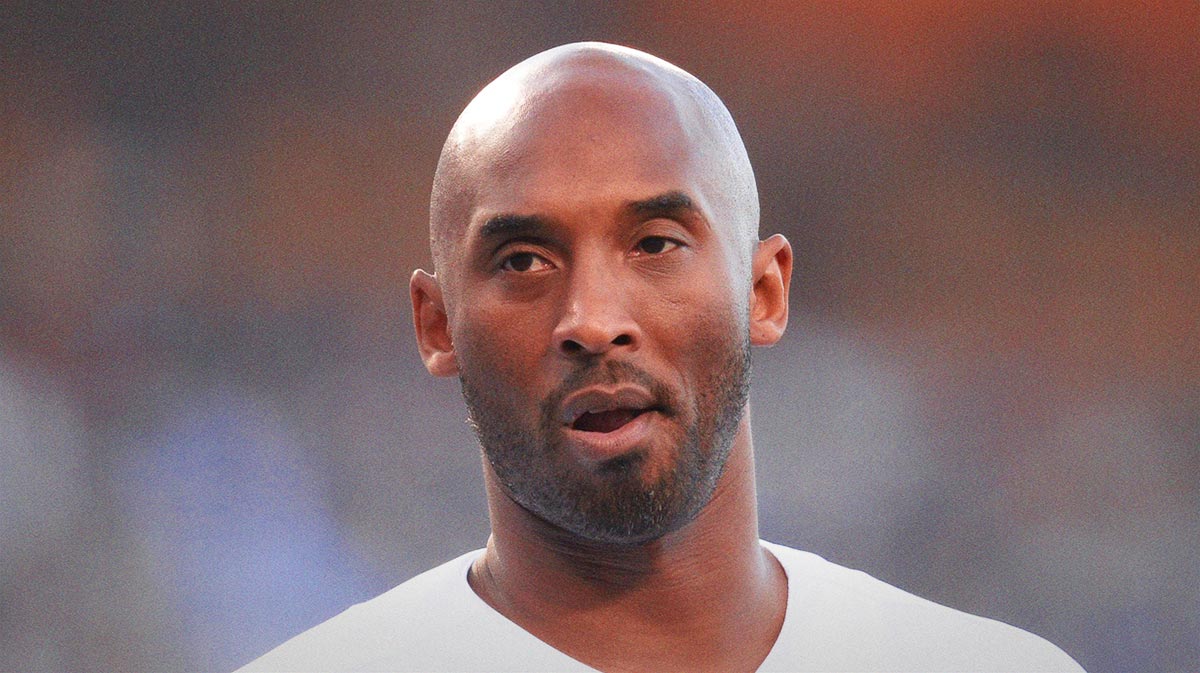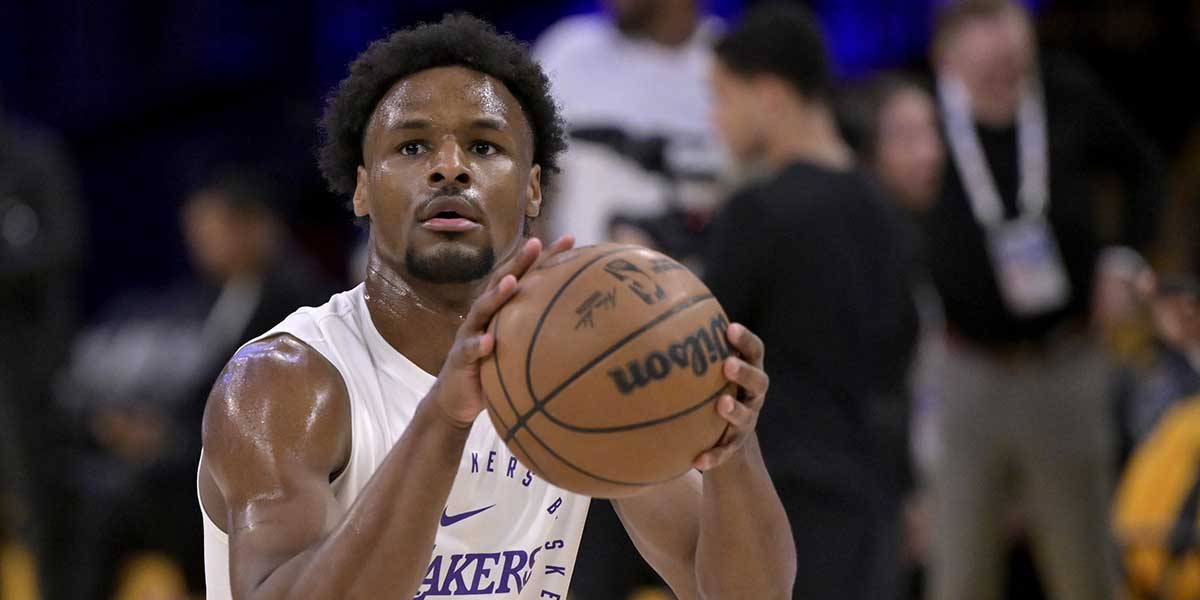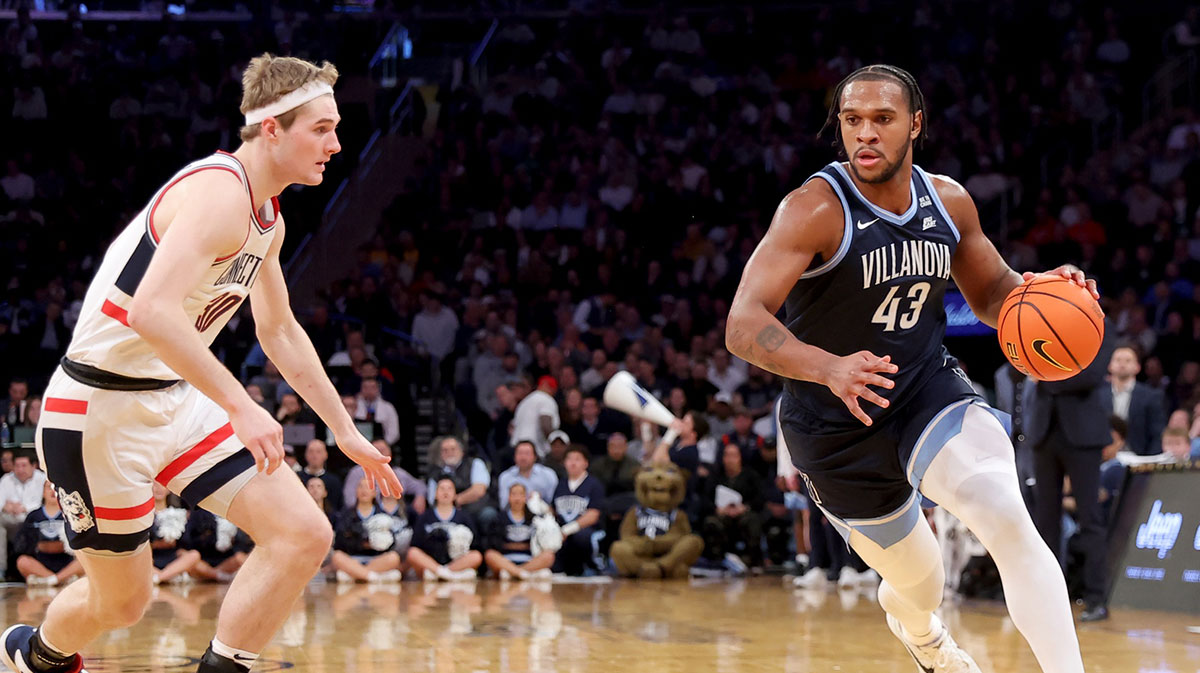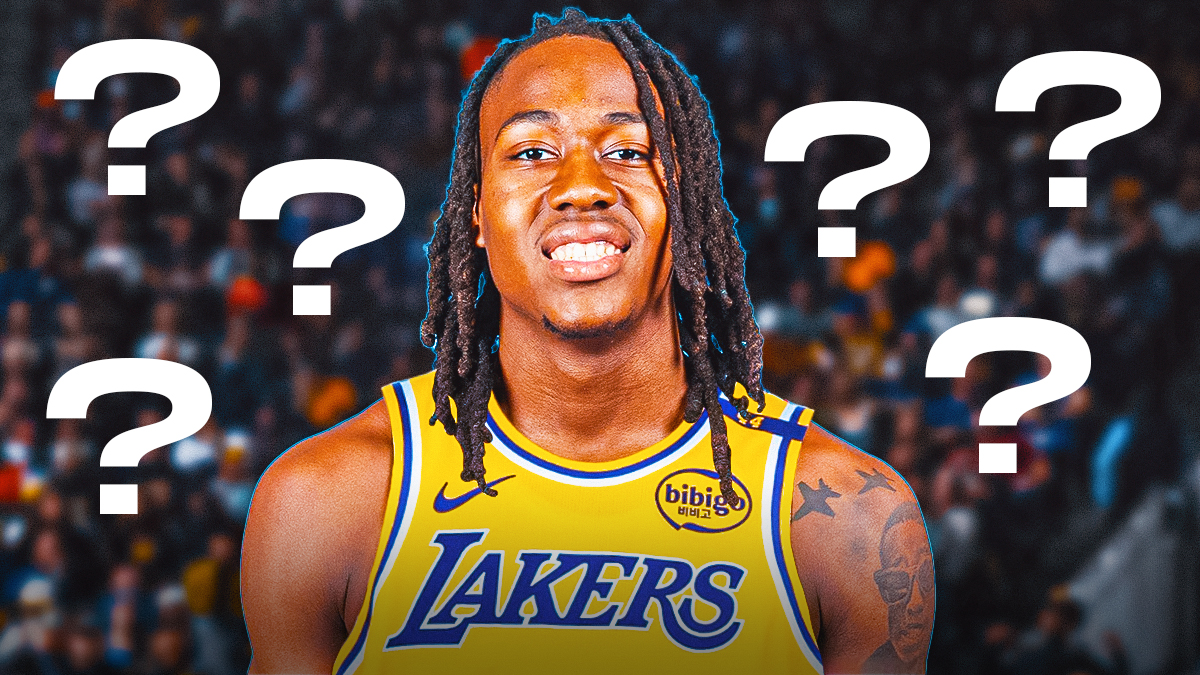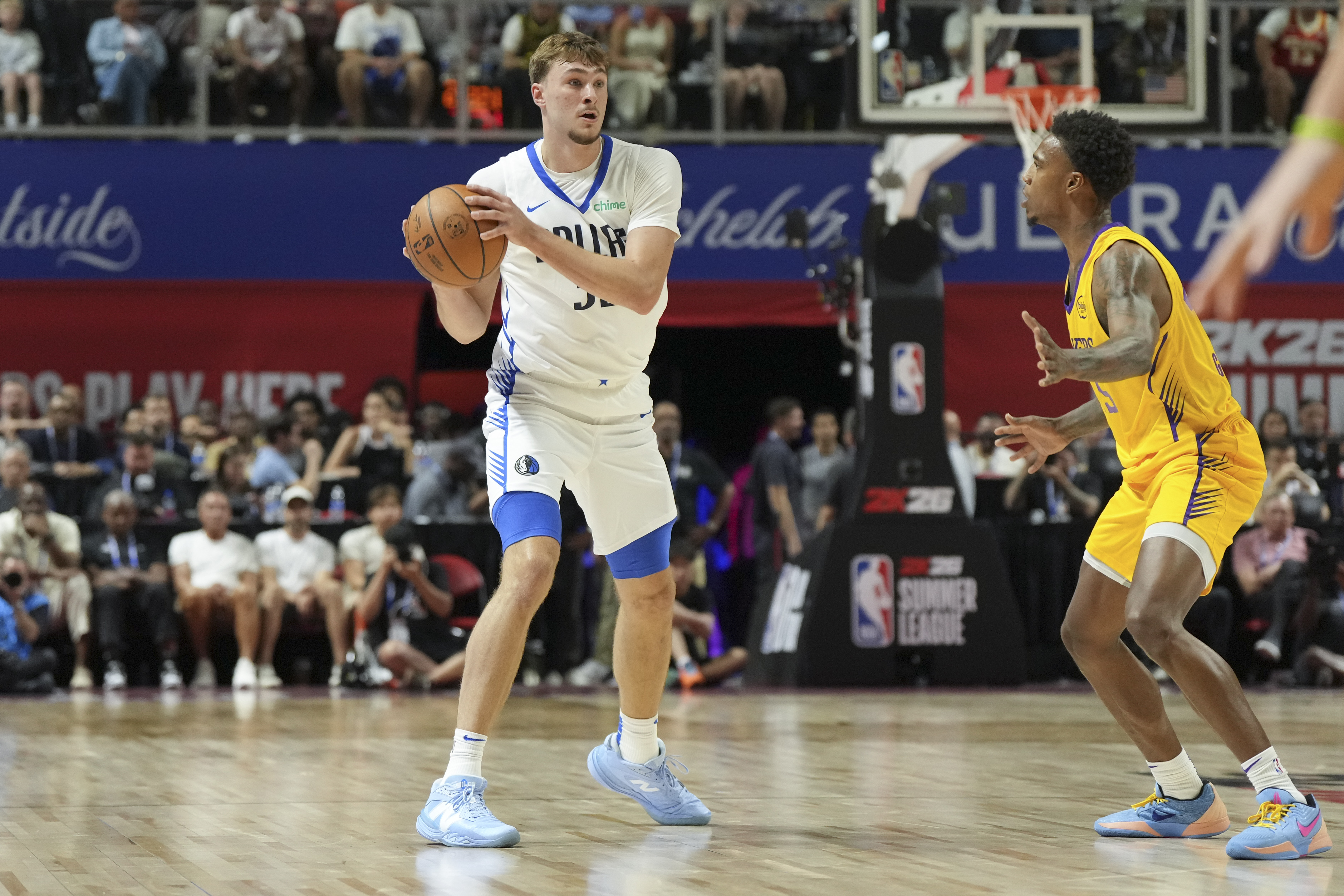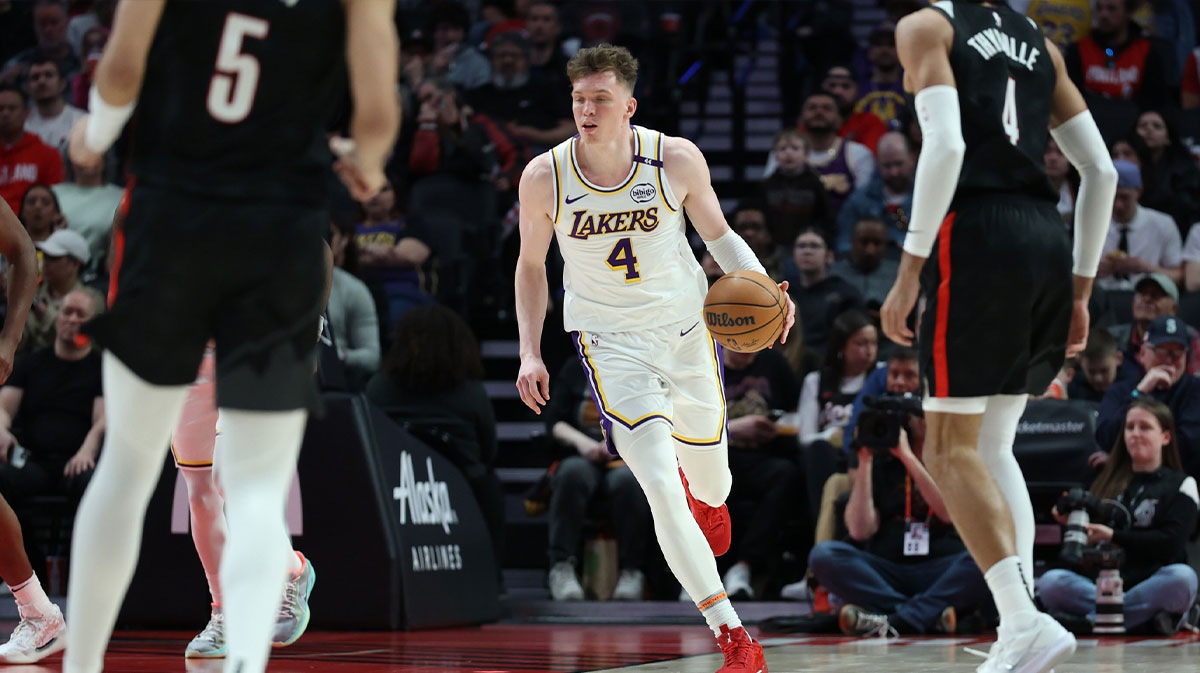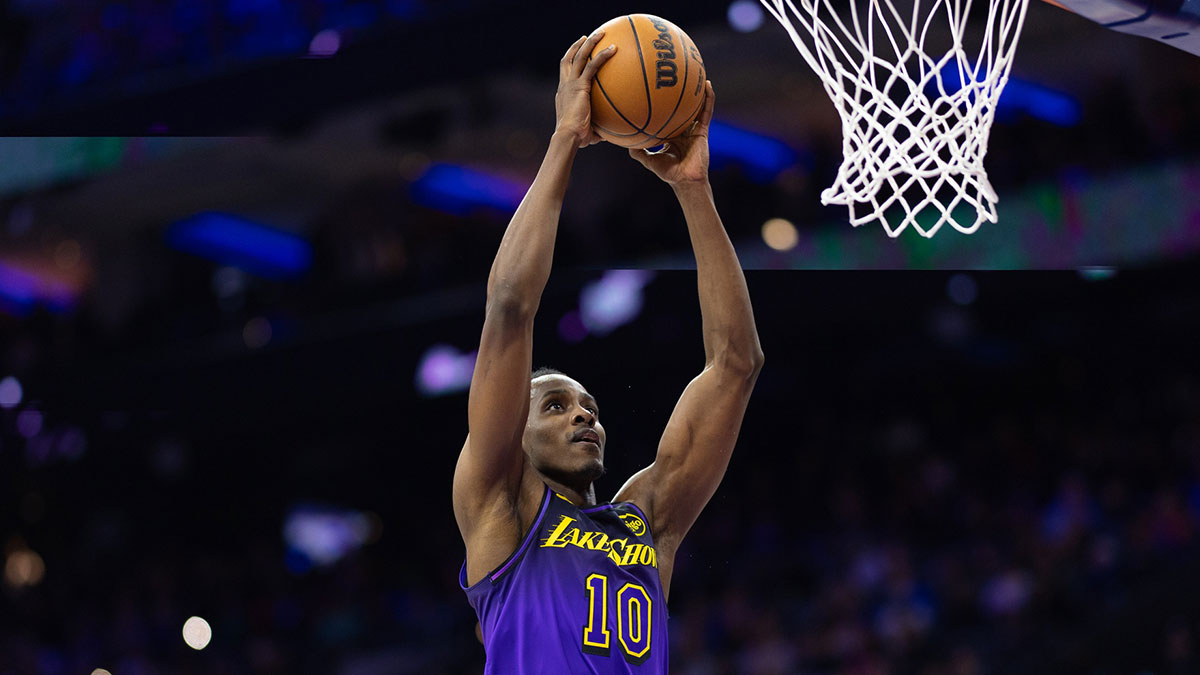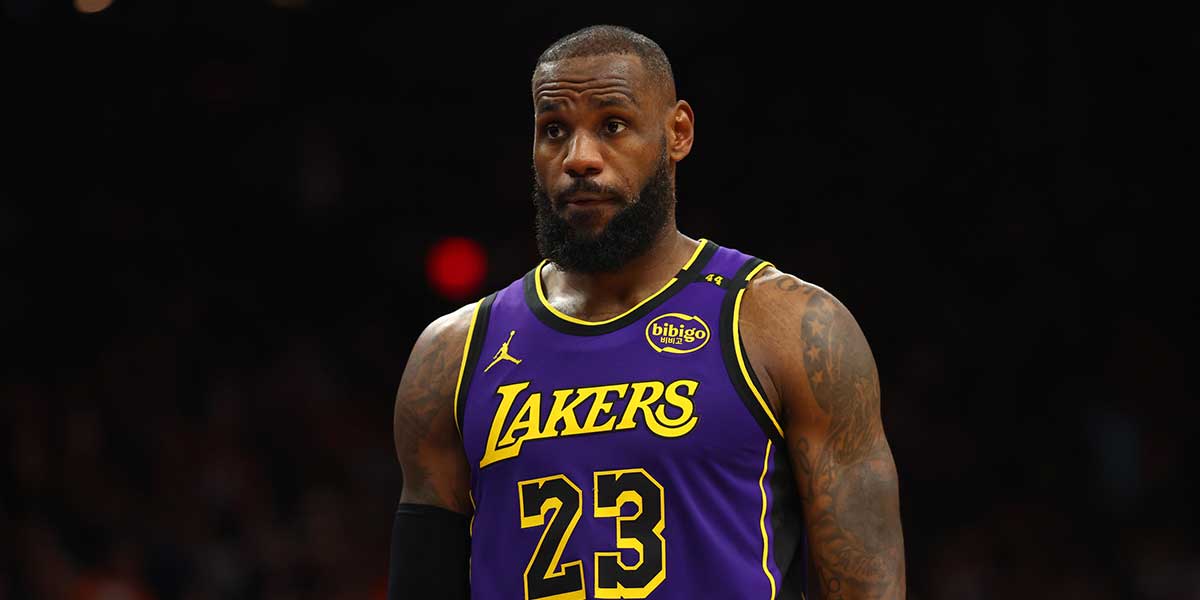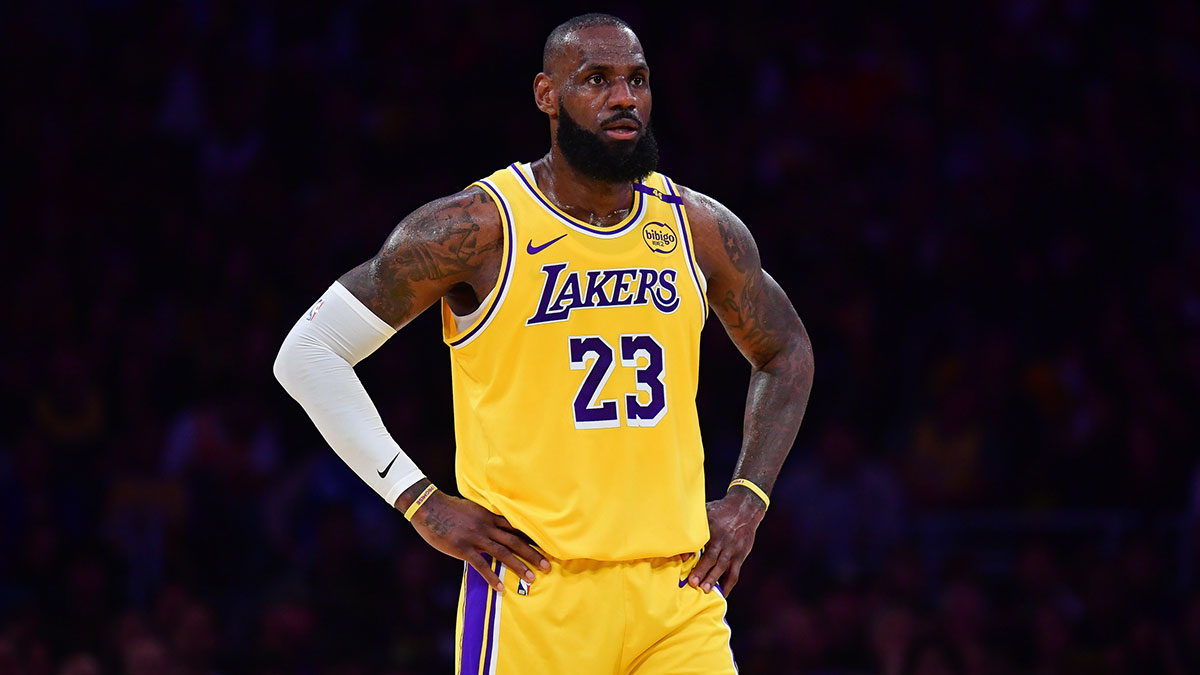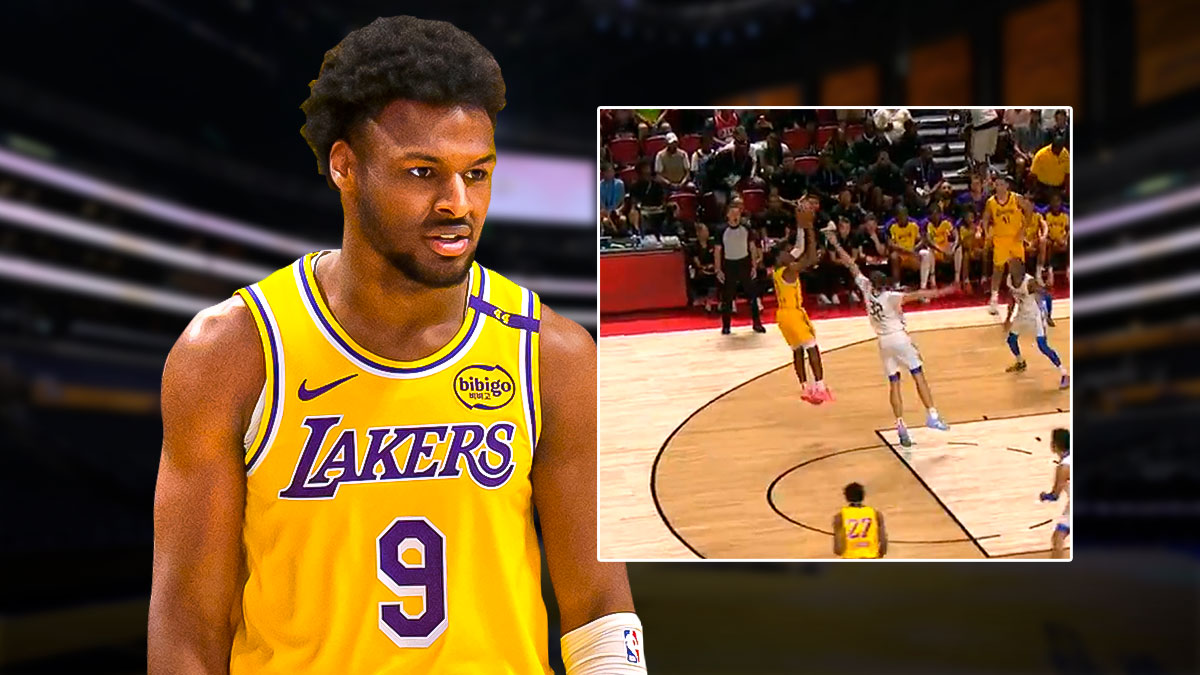Kobe Bryant won an Oscar for Animated Short on Sunday night for his personal project titled, “Dear Basketball.” Retirement has afforded him the opportunity to follow one of his other passions, that of writing and telling stories. “Dear Basketball” was based on a poem he wrote because of his love for the game as he announced his impending retirement from the NBA in 2015.
A couple nights ago, Kobe Bryant received the Oscar together with Disney animator Glen Keane who illustrated the beautiful images in the film.
Bryant is one of the NBA’s most decorated players during his playing days. From winning championships to being named MVP and Finals MVP, Bryant has been known as a winner throughout his career.

It just seems that way but in truth, winning was never a guarantee for the future Hall of Famer even if his journey to an Oscar seemed too easy.
When he first declared himself available for the NBA Draft in 1996, Bryant was not a sure-fire lottery pick. Even though Kevin Garnett opened the doors for high school players to go directly to the NBA the previous year, he was a big man and was even taller than another preps-to-pros legend, Moses Malone.
Bryant, at 6-foot-7, was a guard and his ilk had never made it to the professional ranks before.
Jerry West, then the Los Angeles Lakers general manager, thought he was the best player they had ever tried out. He orchestrated a deal with the Charlotte Hornets, who drafted Bryant with the 13th pick, to acquire the young and talented high school graduate.

In his first season with the Lakers, Bryant showed flashes of brilliance mixed with “what-were-you-thinking” type of plays. He needed more experience but the tools for greatness were visibly there. Bryant came off the bench behind shooting guard Eddie Jones who served as an example to him of how to play the position in the NBA.
Soon, Bryant’s playing time progressed as the season wore on. Coach Del Harris became more confident in his rookie, so much so that he decided to let Bryant take the game-winning shot, four times, during a playoff elimination game versus the Utah Jazz in the 1997 Western Conference Semifinals.
In four tries, Bryant shot an airball every single time. The Lakers were eliminated in the 98-93 overtime loss.
“It was an early turning point for me in being able to deal with adversity, deal with public scrutiny and self-doubt,” Bryant said, according to Mark Medina of the Los Angeles Daily News. “At 18 years old, it was gut-check time.
“I look back at it now with fond memories of it. Back then, it was misery […] It helped shape me.”

Despite this, he made the All-Rookie second team after averaging 7.6 points, 1.3 assists and 1.9 rebounds per game.
In his second year in the NBA, Bryant became one of the NBA’s best sixth men, averaging 15.4 points per game and picking Michael Jordan’s brain every time they faced off, whether in the regular season or in the All-Star Game.
Despite having the league’s most dominant center in Shaquille O’Neal, the Lakers would bow out of the playoffs for the second year in a row.
After another failed attempt to reach the NBA Finals in the playoffs, things had to change.

During the lockout-shortened 1998-99 season, the Lakers traded away Nick Van Exel and Jones, giving Bryant his first opportunity to be a starter from the beginning of the season. He and O’Neal would become one of the league’s best duos, giving the Lakers an unstoppable force in the perimeter and an immovable object in the low post.
Again, the Lakers couldn’t reach the Finals so they hired Jordan’s old coach, Phil Jackson, for the 1999-2000 season to bring them to the Promised Land.
He taught the players how to play like a team and helped Bryant and O’Neal to play together. The young shooting guard was better than ever, averaging 22.5 points, 6.3 rebounds, 4.9 assists, and 1.6 steals a contest.
The Lakers had an NBA-best 67-15 record on their way to a strong run in the 2000 playoffs. After winning the first three playoff series’, the Lakers were in the NBA Finals for the first time in almost a decade.

In Game 4 of the Finals versus the Indiana Pacers, Bryant took over the ball game when O’Neal fouled out. Scott Howard Cooper explained the difficulty Bryant faced.
“It was everything great about Bryant in one place — the physical toughness, the emotional determination, the craving the pressure, the coming attraction of his future Lakers life as the leader and, of course, the skill. Providing any productive minutes after struggling through the early days of the Finals, would have been valuable enough. But 21-year-old Bryant was at his best at the end, after Shaquille O'Neal fouled out. Bryant, playing on what he called a “throbbing” ankle, made a pair of straightaway jumpers and finally a reverse-layup putback to seal the win with 5.9 seconds left. It became the difference between a potential 2-2 series tie with another game next up in Indianapolis and the actual 3-1 lead for L.A. The first of three consecutive championships was close.”
For Bryant, it was a 4-year journey that led to the first of his five NBA championships.

Variety’s Ellen Wolff explained how “Dear Basketball” came to be an Oscar-winning film when Bryant was still putting together his team. He partnered with Disney Legend Glen Keane, and got hold of Academy Award-winning composer John Williams with whom he forged a friendship in previous years.
Keane’s previous projects included “The Little Mermaid,” “Beauty and the Beast,” and “Tangled” while Williams composed some of the most popular musical scores in Hollywood such as “Star Wars,” “Close Encounters of the Third Kind,” “Superman,” and “E.T. the Extra-Terrestrial.”

“I am a movement nerd,” Keane said. “My son Max played basketball and I constantly sketched during his games. There’s a rhythm I already knew.”
Max Keane was also part of Bryant’s project, working side-by-side with his father as production designer. He worked on the storyboarding process such as one of the most challenging aspects of the illustrations, that of a young Kobe rolling his dad’s tube socks to create an improvised basketball.
“That was very complicated to draw,” said Glen. “We filmed Kobe showing us how he did it.”

Bryant chimed in with how Glen was able to put that particular sequence on paper.
“Glen asked lots of questions about my process as a child,” Bryant explained. “I used to place chairs in the driveway and weave through them to work on my ball handling. Glen wanted to know exactly how I’d line up the chairs, so I drew a sketch for him. But he didn’t actually recognize them as chairs!”
Working very closely with Bryant, Glen and Max added producer Gennie Rim to the team. They sought to pick Bryant’s brain as to what he was thinking when he was in certain situations from his playing career. The former Lakers shooting guard explained to them, while watching YouTube videos, what his thought processes were.
“He talked about every second of those plays, and what was going on in his head,” Glen said. “My mentor, Ollie Johnston, who was one of Disney’s Nine Old Men, always said, ‘Don’t animate what a character is doing. Animate what he is thinking.’”

“They picked up on those idiosyncrasies and brought them to life,” said Bryant. “It was true to form.”
Another important aspect of “Dear Basketball” are the images of “little Kobe and big Kobe” playing at the same time. It was to convey a message to adults and a reminder of what we never lose even as we grow up.
“I knew they both had to be on the court playing at the same time,” Glen said. “The 6-year-old in each of us is still there.”
Finally, “Dear Basketball” was shown to those in attendance during Bryant’s jersey retirement at the Staples Center and those who watched it live on their TV screens.
On January 23, “Dear Basketball” was among five other animated short films to receive an Oscar nomination.

On Sunday night, Bryant won the Academy Award for Animated Short Film.
How does winning an Oscar compared to an NBA championship?
“I feel better than winning a championship, to be honest with you,” Bryant told reporters later. “I swear I do.”
Did he really mean what he said? After all, it took him four years to win his first championship while his first Oscar took roughly less than three years.
That’s probably because we were watching the young Kobe from “Dear Basketball” receive the award on stage last Sunday and not the player who won championships in L.A.

We all know that no matter which arena it is, whether it’s the hardwood or the Hollywood stage, Bryant always wants to win.
You can watch “Dear Basketball” in full via Verizon’s streaming service Go90, and you can read it as Bryant’s love letter from The Player’s Tribune.

